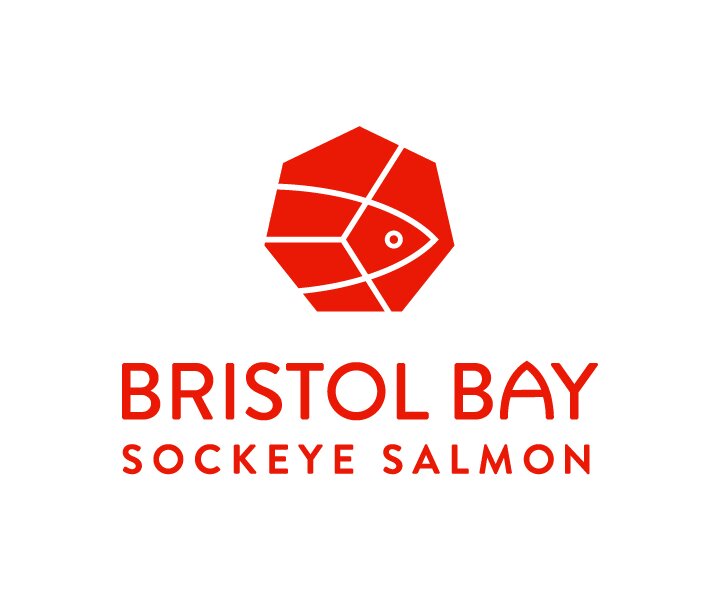Pebble Mine Final EIS Released, BBRSDA & Other Groups Respond
/Army Corps releases incomplete Final EIS for the Pebble Mine, putting Bristol Bay fishing industry at risk
Fishermen call on EPA to veto Pebble and protect America’s largest wild salmon run
Dillingham, AK - Today, the U.S. Army Corps of Engineers released its Final Environmental Impact Statement (EIS) for the controversial Pebble Mine project, which Bristol Bay communities, fishermen, and businesses have been fighting for more than a decade. The Final EIS arrives on the tail end of another historic fishing season in Bristol Bay where more than 35 million sockeye salmon were harvested. In response to the Final EIS, Alaska commercial fishing leaders expressed their disappointment with the Army Corps’ failure to conduct a rigorous and fair environmental review and its dismissal of potential impacts to Alaska’s seafood industry.
“Bristol Bay’s commercial salmon fishery was deemed “essential” and our fishermen risked their lives this summer — literally — to go out and harvest nutritious protein for our fellow Americans. Bristol Bay was also the only region in Alaska to see strong salmon returns this summer,” said Andy Wink, Executive Director of the Bristol Bay Regional Seafood Development Association (BBRSDA). “If this administration values America’s food and job security, then our federal agencies should be taking an extra hard look at this project and doing everything they can to protect Bristol Bay and its 14,500 fishing and seafood jobs. For the Army Corps to rubber stamp a massive, toxic open-pit mine in the headwaters of a national food source just doesn’t make sense. There is no precedent for a mine of this size and type coexisting with abundant wild salmon runs. What the Pebble Partnership has proposed is essentially one big experiment with no real science or data to back it up. ”
“The Department of Interior correctly pointed out that the Draft EIS was so inadequate that it precluded meaningful analysis, yet without any further public comment, now we have a Final EIS report. We continue to review the Final EIS, but given the scathing review of the Draft EIS from other federal agencies and Bristol Bay stakeholders we do not see how the U.S. Army Corps could rationalize issuing a permit,” Wink concluded.
“Since day one the Army Corps has cut corners, ignored the science, and silenced Alaskans. They still haven’t answered our questions and addressed our concerns about missing information and data. Their Final EIS is not the thorough, science-based assessment that we were promised,” said Frances Leach, Executive Director of United Fishermen for Alaska. “At every step of the process, the Pebble Limited Partnership has lied to Alaskans and government agencies about their real mine plan. They have made dozens of changes and even waited until the 11th hour to drastically alter their transportation corridor, which reveals their true intentions of building a much bigger mine. That’s not how you build trust, especially when Alaska’s most valuable salmon fishery is at stake.”
“With the Final EIS out, there’s no doubt left about the Army Corps’ inability and unwillingness to conduct a thorough, science-based permitting process. Bristol Bay’s fishermen are counting on the EPA to use its veto authority under the Clean Water Act to ensure protection of Bristol Bay,” said Katherine Carscallen, Executive Director of Commercial Fishermen for Bristol Bay. “We need the EPA to stand by its own science, which shows that the Pebble Mine cannot be built — at any size — without harming our country’s largest source of sustainable wild salmon.”
Photo credit: Chris Miller.




